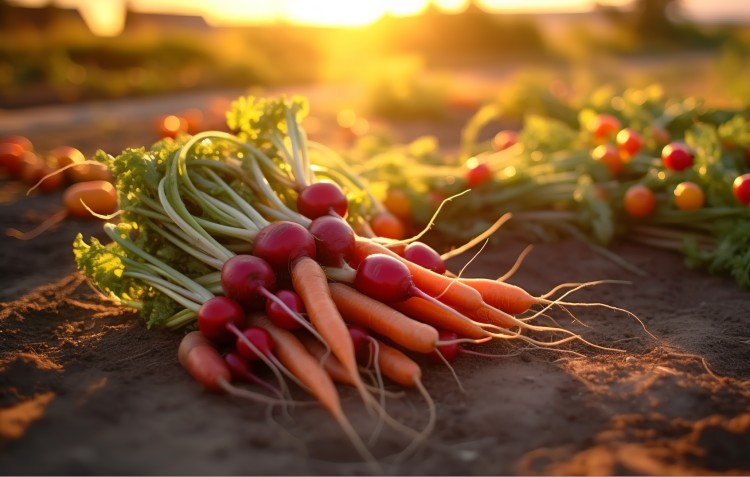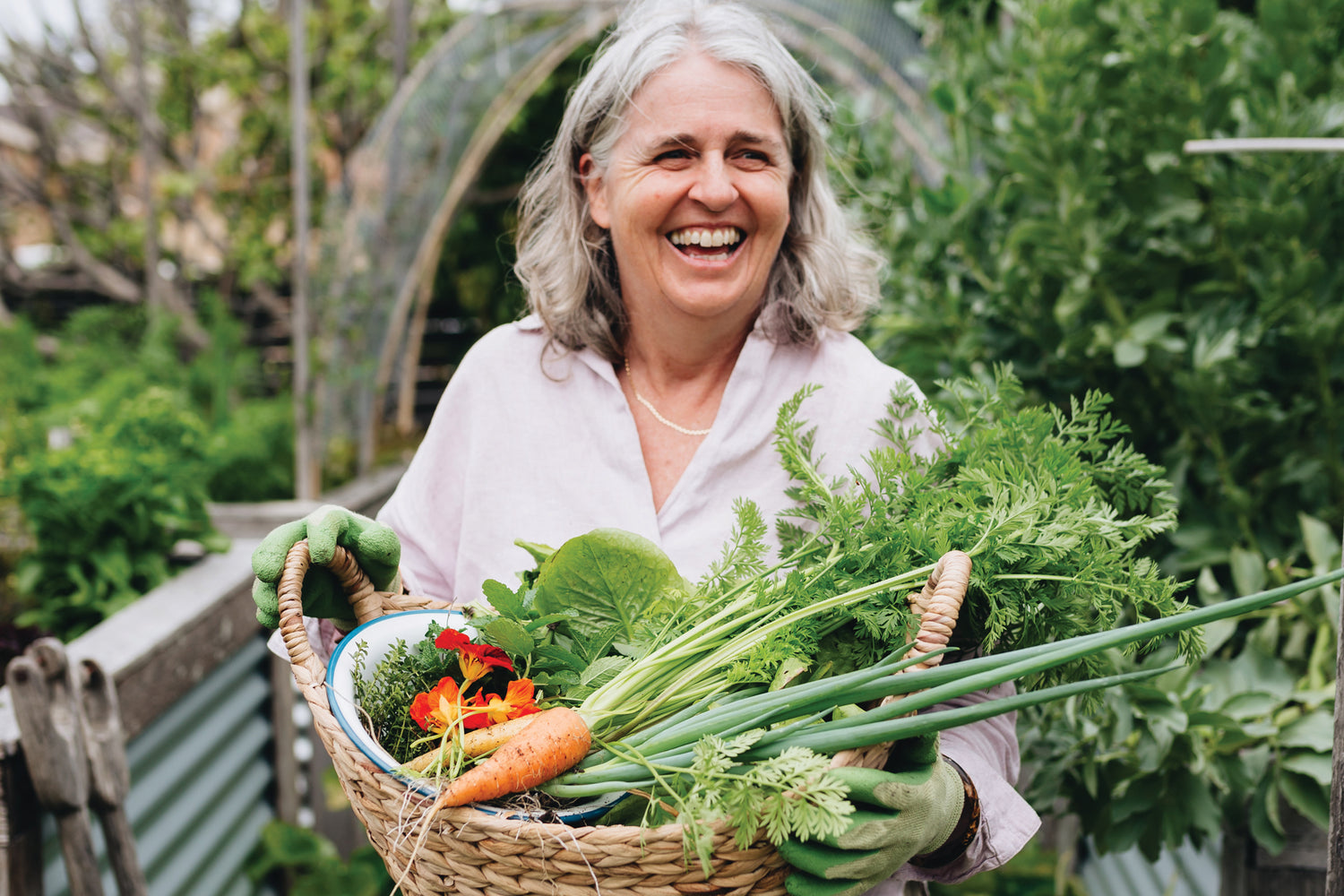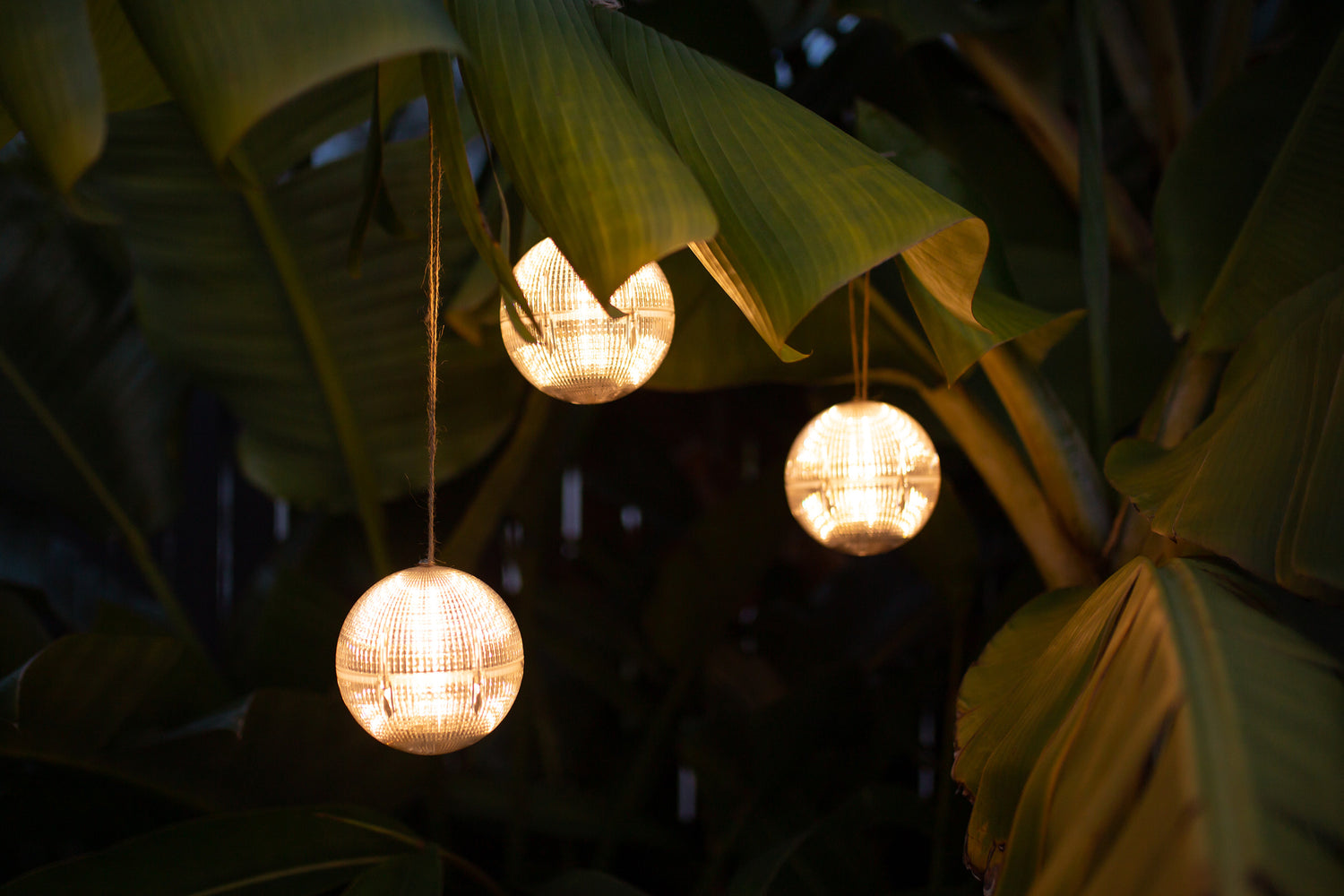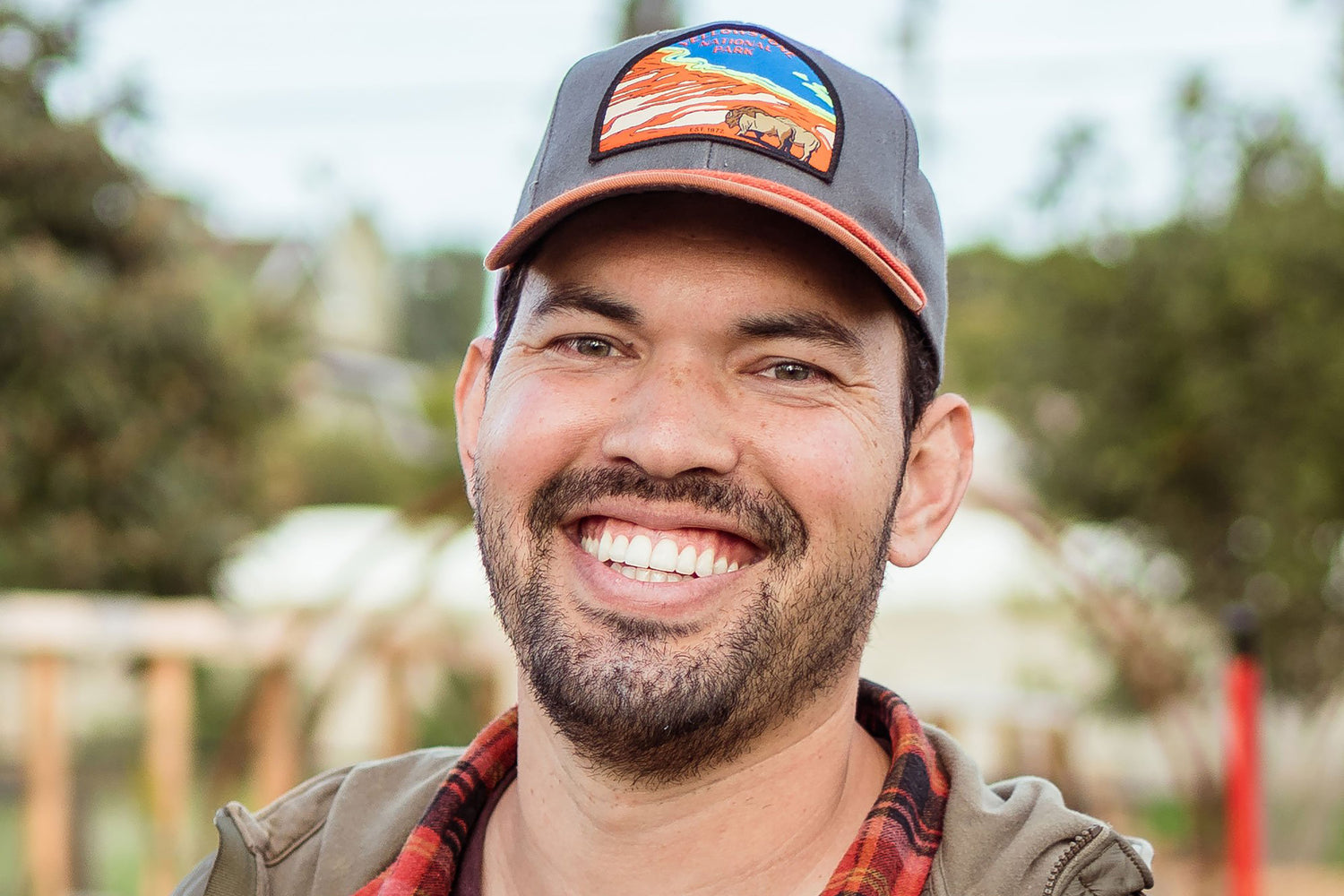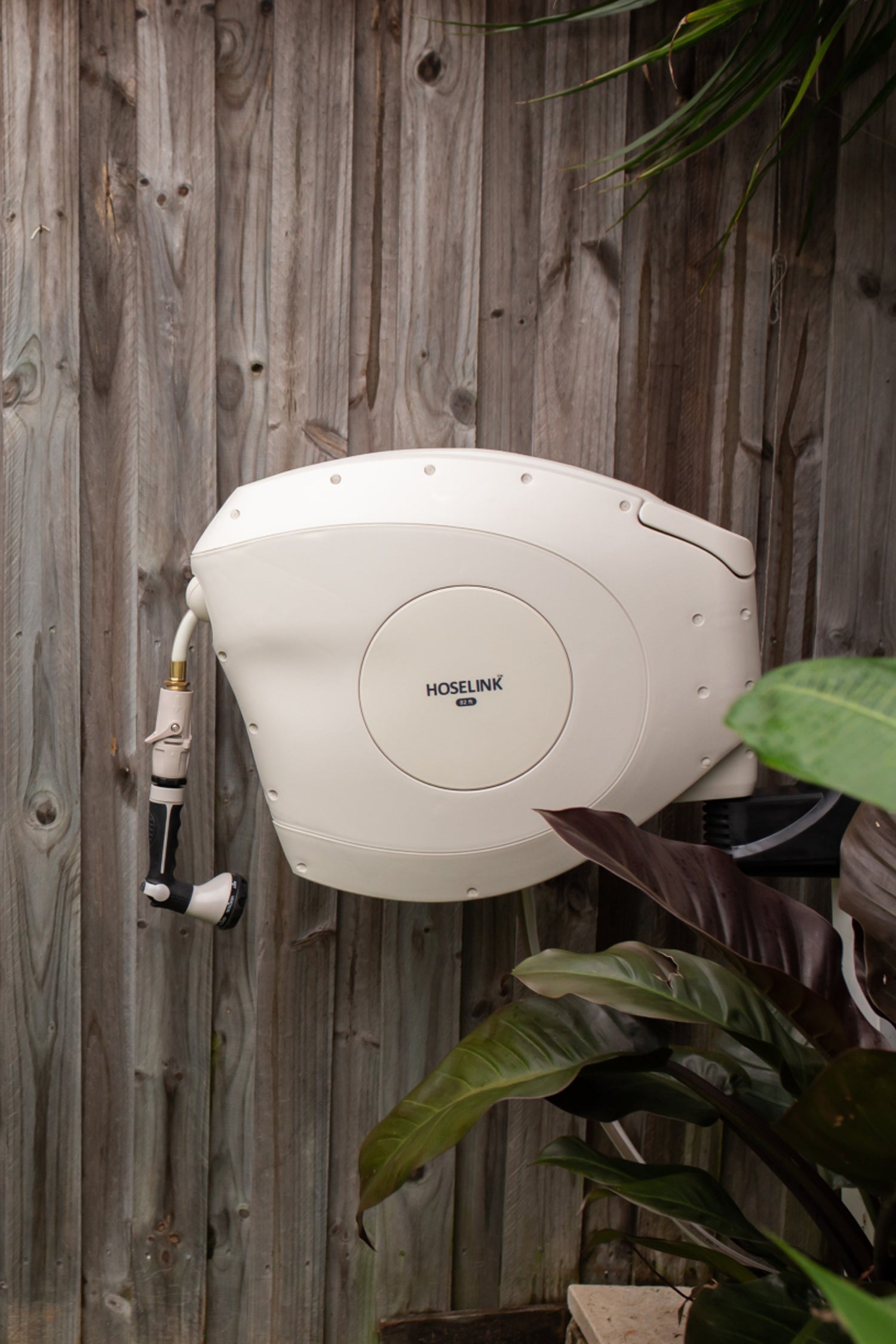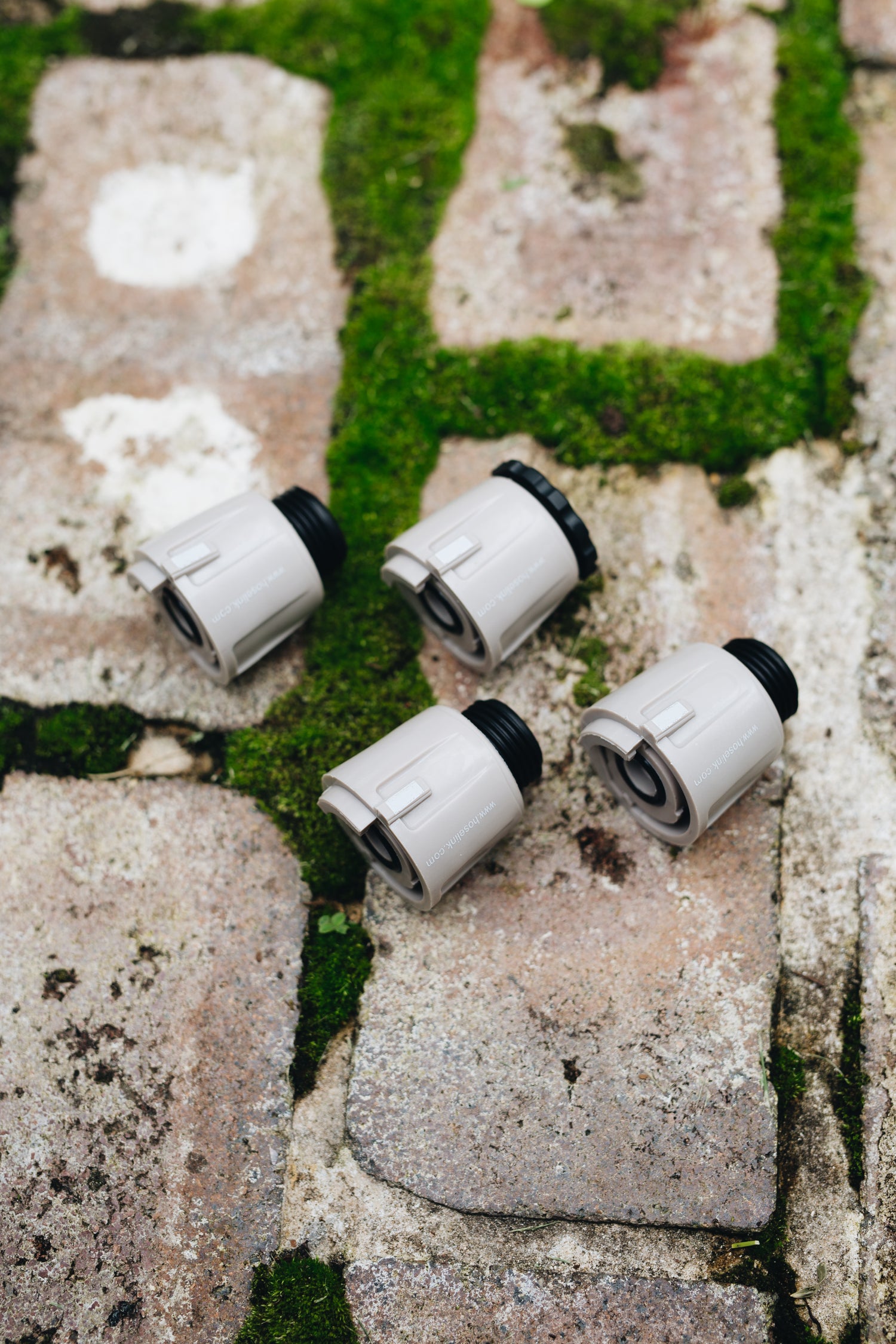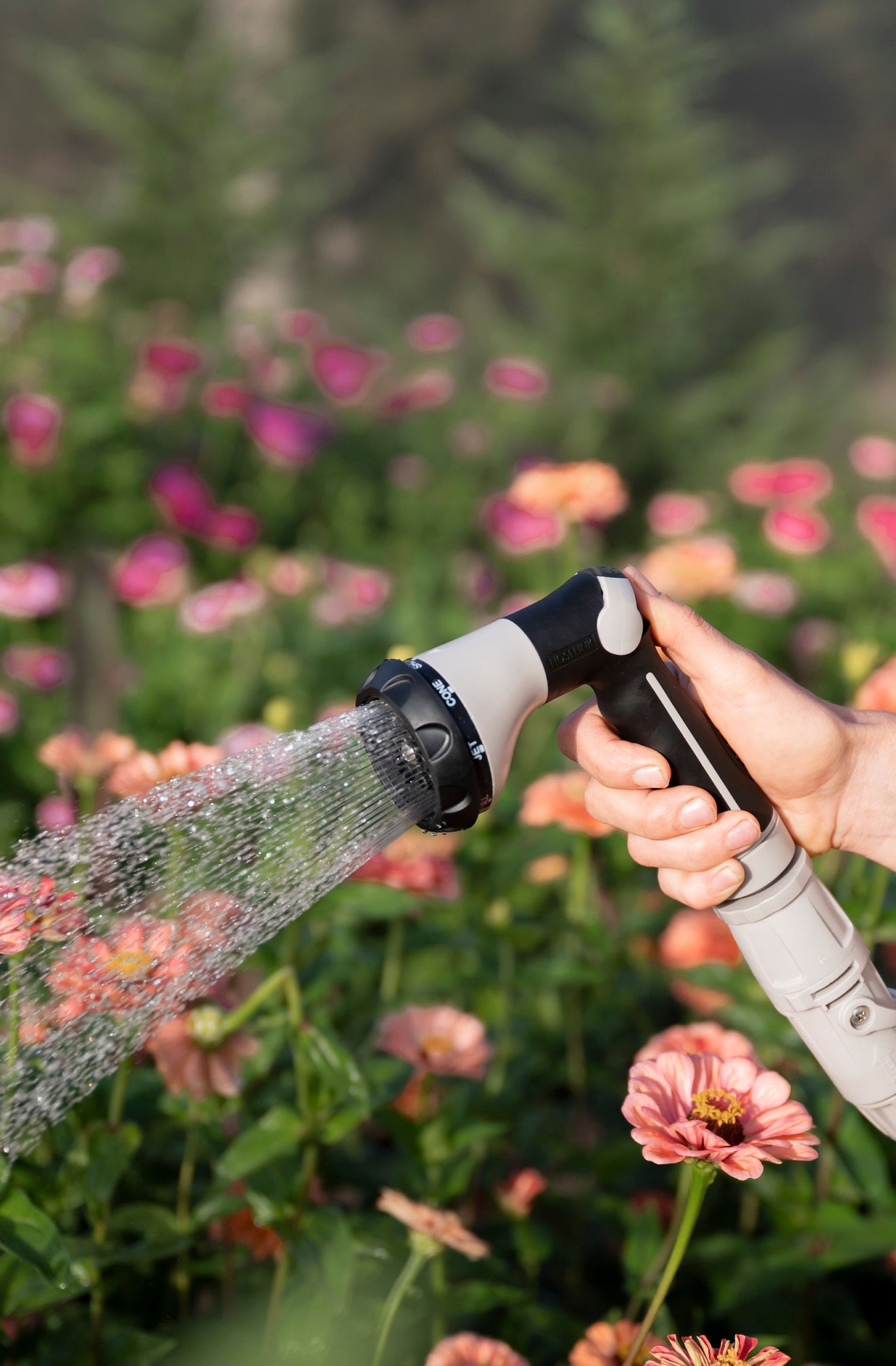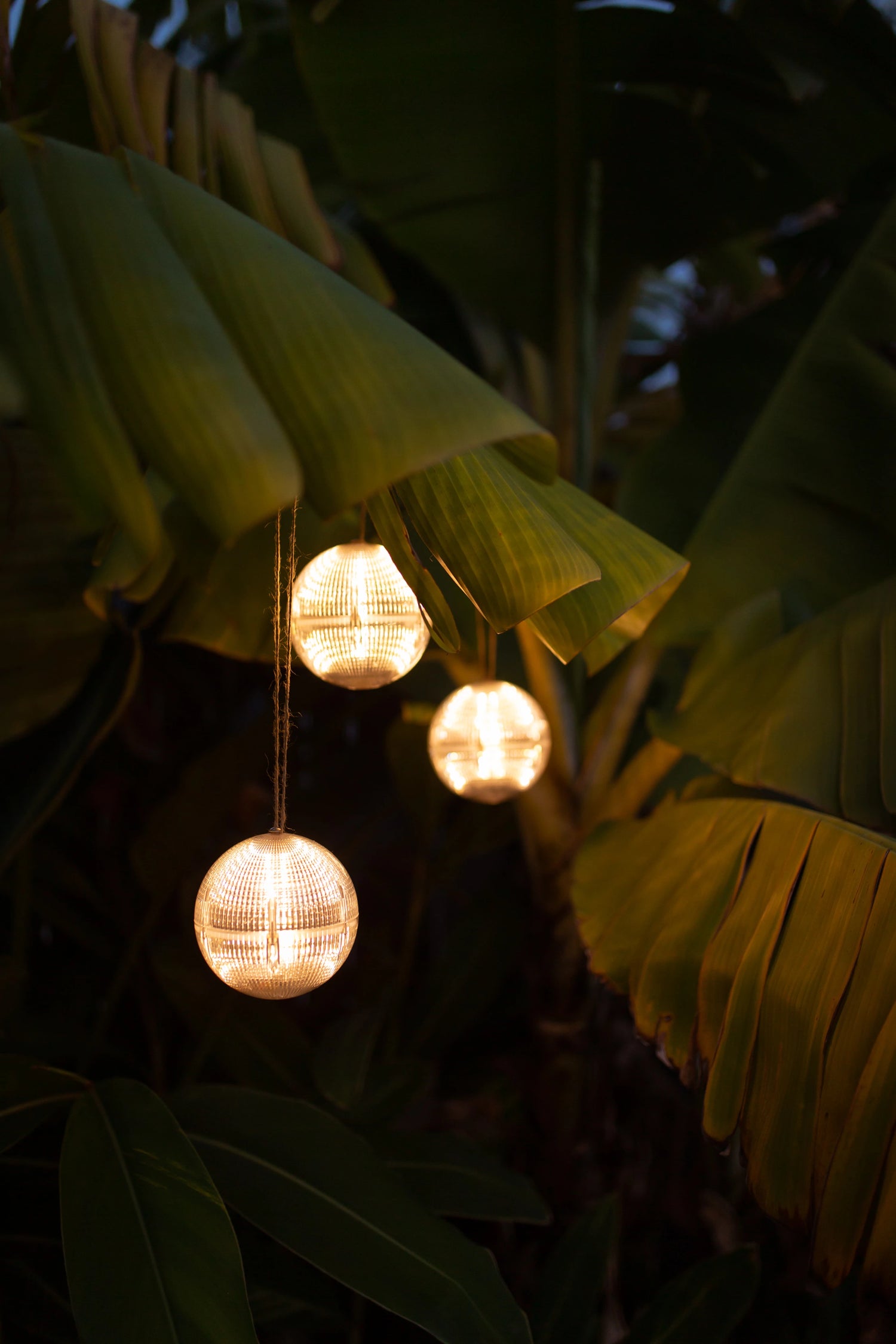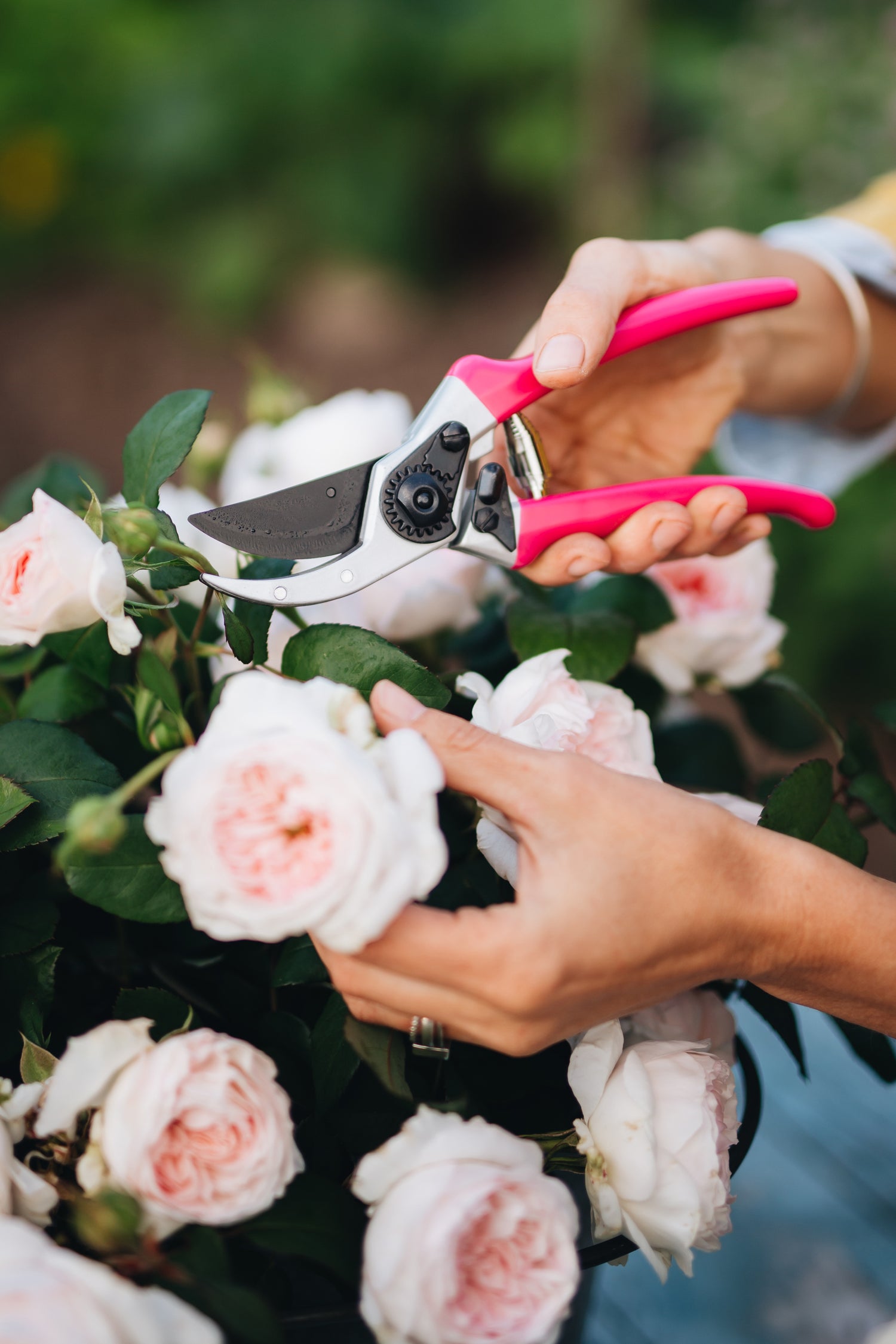Happy October. It is official: fall is here. In zone 9, we are experiencing morning temperatures in the 70s. I don’t want to jinx myself, but this should be the first time since April that we should not have to encounter any 100F days.
What I’m planting this month (October)
Gardening in Houston, TX, Zone 9, in October is delightful. With an average temperature between 60-80F, there is no excuse for not spending time in your garden.
In my mind, cooler temperatures mean it’s the ideal time to plant root crops and herbs. So that’s my focus in the garden for the first half of the month. While I will add more leafy greens to the garden every week, my main focus includes the first round of radishes, carrots, and beets. I grow these root crops yearly but don’t always practice succession planting.
One thing I love about growing root crops is how quickly you can get a harvest. Certain radish varieties can be harvested in 30 days! So, this year, I aim to grow and harvest different types of root crops until next spring. Especially beets, I plan on growing around ten varieties this year. Don’t forget that beet tops can be used as a substitute for spinach or Swiss chard in recipes. I do not attempt to grow the big beet varieties you will often see in grocery stores. I prefer growing smaller varieties that can be harvested in less than 60 days and don’t get much bigger than 2-3”. The flavor is better.
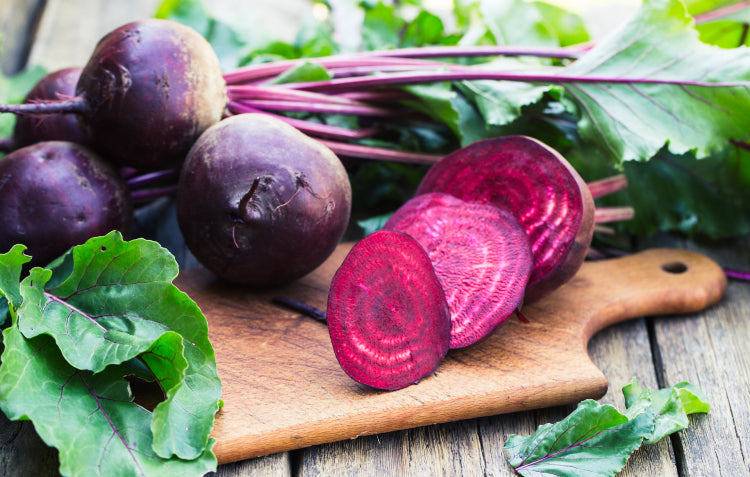
Many herbs are perennials, but that doesn’t mean they can withstand the summer temperatures in Zone 9. Fall is the best time to replant the herbs that may not have made it through the summer into your garden.
- Lacinato Kale—This variety is also known as Dino kale. This is my absolute favorite variety of kale to grow. It has a sweeter flavor than other curly-leaf kale varieties. I planted some last month, but caterpillars ate all the seedlings. So, this month, I am adding more seedlings to the garden.
- Detroit Dark Red—This is my go-to variety for beets. This red flesh beet is extremely sweet and can be harvested in less than 60 days after planting.
- Avalanche —This white-fleshed beetroot is an excellent addition to any garden. It will not stain your clothes or hands like its red counterpart, but it is not quite as sweet as the red varieties.
- Golden Detroit- is a fast-growing beet on the smaller side. I have found that they have the best flavor whenever you harvest them while they are 3” or smaller.
- Watermelon Radish- This heirloom variety is ready in 60 days. Its green outside and white and purple inside are a great addition to all the salads I plan to eat this fall. Not to mention that this radish stores in the fridge exceptionally well.
- Miyashige White Daikon- During the fall and winter, I eat a lot of soup, and this Daikon radish is used in a few different recipes. These long, cylindrical, white radishes are ready to harvest in 65 days and can be eaten fresh, cooked, or pickled.
- French Breakfast Radishes- This mildly peppery radish variety takes 28 days from seed to harvest. You can grow them in a container or directly in the garden. These will be the first thing I plant in the new gardening space in front of my house.
- Cilantro- I thought everyone loved cilantro. It wasn’t until a year ago I found out that some people have a genetic issue that causes cilantro to taste like soap. This herb is a staple in my garden. I even let it go to seed to harvest and dry them out. The seeds are another spice named coriander.
- Marjoram- A cousin of Oregano, this herb grows in my garden from the fall until the start of the summer. That gives me enough time to get a few harvests to dry the herbs and enjoy them year-round.
- Cosmic Purple Carrots- This Danvers variety is one of the best-looking carrots you can grow in your garden. It has a purple exterior and an orange interior. These are my favorite juicing carrots and are high in antioxidants.
There are more than the typical orange carrots we are used to seeing in the grocery store. Carrots come in many shapes, sizes, and colors and are classified by the shape and length of the root. There are five primary types of carrots.
- Imperators- are the primary type of commercial carrots. They have long (8-10”) slender roots with tapered tips.
- Chantenay- short to mid-length (4.5-5.5”) with oversized tops and a conical shape. They are better for shallow, heavy soils than long, skinny Imperator types.
- Danvers- are conical, thick carrots that can be up to 7 inches long.
- Nantes- are cylindrical with a blunt tip and are 6 to 7 inches long. These carrots have excellent flavor and quality and are a favorite of home gardeners.
- Miniature/Oxheart/Paris Market- are short, stocky roots that are only 2 to 3 inches long. These are suitable types for heavy clay soils or container gardening.
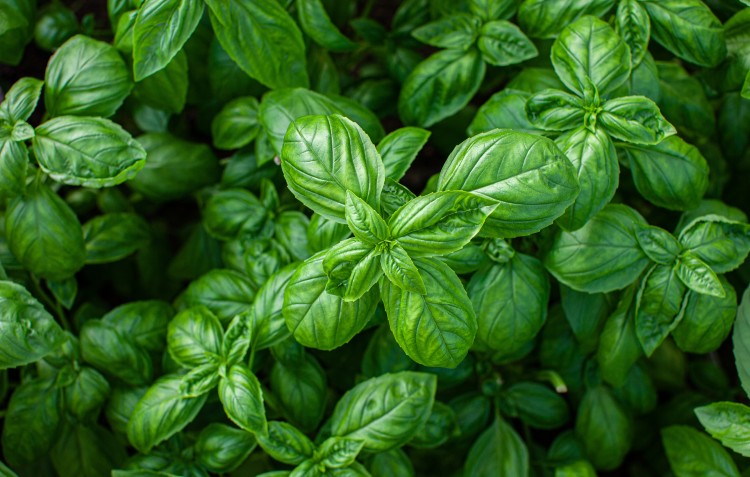
What am I harvesting this month?
- Basil—The basil plants are still growing strong, and I couldn’t be happier. Since I know I am getting toward the end of the harvest. Instead, I have switched from dehydrating the leaves to making and freezing pesto cubes. This way, I can enjoy pesto through the fall, winter, and spring until I add more basil plants to the garden again.
- Sweet Potatoes- I still think sweet potatoes are one of the most overlooked crops to plant in your summer garden. You can throw some unrooted slips in your garden and apply mulch and water once a week, and they are ready to harvest in 90-120 days. October 10 will be 120 days since I planted my sweet potatoes. Once harvested, they will cure in my pantry for a couple of weeks and be enjoyed throughout the winter.
What Didn’t Go as planned
Last month, I planted my first round of leafy greens. While most of them made it and are doing fine, I had a caterpillar issue that wiped out the kale, African daisies, and some of my lettuce seedlings. After applying BT every 7-10 days, October is the time to replant the kale and lettuce.
What worked well in my garden is the butterfly pea flower. This vining plant grows up to 10 feet tall, so ensure a tall trellis is set up. The entire plant is edible, but most people grow it for its blue flowers.
What else am I doing around the garden?
In zone 9, fall is the ideal time to add fruit trees to your garden. After recently adding 3 fig trees in containers in my backyard, it's time to get some citrus trees planted in the front. Lemon, Grapefruit, mandarin, and oranges, I can smell the blossoms now.

